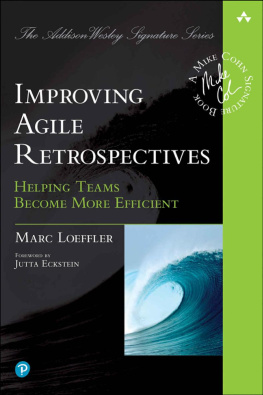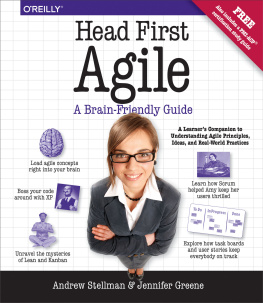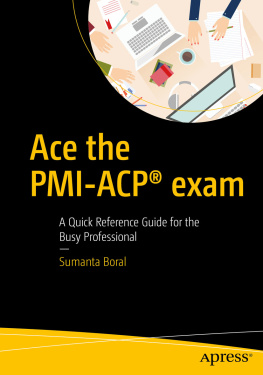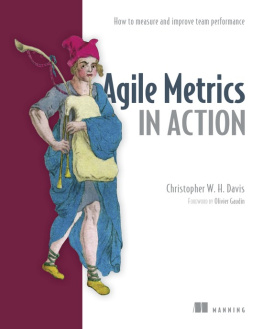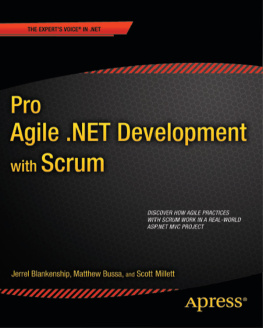Preface
I have fond memories of my first agile team experience, mostly Extreme Programming (XP)-inspired with fortnightly planning sessions, with frequent releases and retrospectives at the end of each iteration. We would stop for an hour each fortnight, celebrate positive aspects, and explore any issues we had at all levels: technical, team and environment. My teammates and I found that we became highly engaged because we could directly influence the way we worked and we could continue experimenting and fine-tuning our work methods as circumstances changed.
We released software into production every single fortnight. I felt so much more productive than I had in a previous job, where I had worked on a large, distributed project for a huge coproration, and had rarely heard people talk about change or improvement. The contrast between these experiences helped me to see how retrospectives create safe spaces and inspired me to want to run and facilitate retrospectives.
In London I met Tim MacKinnon, another XP developer who was passionate about the retrospective practice. On one occasion, because he had no time and knew of my passion for retrospectives, he asked me to facilitate a project retrospective.
I was extremely nervous about being an official facilitator for the first time and I searched desperately for a book to tell me how I could run it successfully. I wanted advice about potential traps and how best to prepare for the upcoming retrospective.
Unfortunately, I found nothing at the time and was thankful when the retrospective went successfully. Participants had raised some tough problems but people left with closure on some issues, a better shared understanding of why certain events had unfolded, and lessons to share with other project teams.
Even though this first retrospective had gone well, I felt that this was largely down to good fortune and still wished that I had had a resource offering practical advice on how to prepare for a variety of retrospective situations.
Hence this book. I hope it serves you well, as the resource I wish had existed when I first started facilitating retrospectives.
Acknowledgements
This book would not exist without the countless organisations and people for whom I facilitated retrospectives, or without the countless teams where I participated in retrospectives of every kind. All experiences (good and bad) contributed to the advice I give in this book and validated through exchanges with other passionate facilitators. I can highly recommend attending the yearly Retrospective Facilitators Gathering to meet more passionate facilitators.
I am grateful for the feedback on early drafts from the following people: Todd Anderson, Ilias Bartolini, Patrick Downey, Susmita Maharana, Jennifer Smith, Tom Sulston, Francisco Trindade, May Ping Xu, Jason Yip.
I wish to thank the team behind leanpub for the platform they created. The platform allowed me to focus more on content instead of fussing over formatting.
Finally, thanks to both Esther Derby and Diana Larsen, who were very direct with a recommendation that I source a professional copy-editor. The book definitely needed it at that stage. My thanks to Tom Duckering, who put me in touch with Angela Potts of Virtual Editor, a wonderful copy-editor whom I collaborated with remotely. Angela did a wonderful job turning the raw text into a much better book that I hope you will enjoy reading.
Introduction
With more organisations choosing agile methodologies to deliver software, more teams are picking up the practice of agile retrospectives. You may be working on one of these teams already and regularly use agile retrospectives to seek continuous improvement; if not, your team may find the agile retrospective practice beneficial to your work.
The Retrospective Handbook is intended as an aid to running more effective retrospectives and to complement existing books on retrospectives. It is important to use a good variety of activities to make an engaging retrospective, but this handbook intentionally focuses less on listing activities in favour of addressing the practical challenges you are likely to encounter when running retrospectives.
The contents of this book reflect advice I have been asked for time and again by people interested in the retrospective practice. Some questions came from newcomers to the agile retrospective practice, who had problems making retrospectives useful, while other questions came from retrospective facilitators keen to hear alternative approaches to common problems. The Retrospective Handbook also contains advice on working with seasoned agile teams, and explores ways of changing the retrospective practice to be even more engaging and insightful.
Some of the questions I answer in this book include:
- What is the Retrospective Prime Directive and why should I care?
- How can I improve how I facilitate retrospectives?
- How important is an independent facilitator?
- How do I run a distributed retrospective effectively?
- What different types of retrospectives do people run?
- What can I do to keep retrospectives fresh?
- How do we make sure that we get results from the retrospective?
The answers to these questions and many more are drawn not only from my own experience with the retrospective practice, helping clients and teams overcome frustrations and puzzles they faced, but also from numerous other retrospective facilitators who have passed on their insights and wisdom. I hope The Retrospective Handbook helps you to increase the effectiveness of your retrospectives and enables your team to go from strength to strength for years to come.
Retrospective Fundamentals
1.1 A Short History of Retrospectives
Norm Kerth first published his ideas on the retrospective practice in his 2001 book, . The book describes retrospectives as:
A ritual gathering of a community at the end of the project to review the events and learn from the experience. No one knows the whole story of a project. Each person has a piece of the story. The retrospective ritual is the collective telling of the story and mining the experience for wisdom.
Kerths book describes how retrospectives differ from Project Post Mortems and Lessons Learnt sessions with a particular focus on taking positive action and acting as a catalyst for change. At around the same time, a number of authors published the Agile Manifesto as a way of rallying people to adopt lightweight methodologies. These new agile methodologies and approaches made learning and communication primary concerns. One of the principles of the Agile Manifesto aligns very well with the practice of retrospectives:
At regular intervals, the team reflects on how to become more effective, then tunes and adjusts its behaviour accordingly.
The agile community started to embrace the key idea of the retrospective practice. Agile teams saw that they didnt need to wait until the end of a project to run a retrospective and began running them at the end of each iteration. Instead of running retrospectives every three, six or twelve months, teams ran retrospectives as frequently as every week, or at least every month. By stepping back and reflecting on current situations, teams realised value immediately by applying recommendations whilst the project was in flight, rather than at the end.
The following table highlights practices and principles that align well with the spirit of retrospectives.


